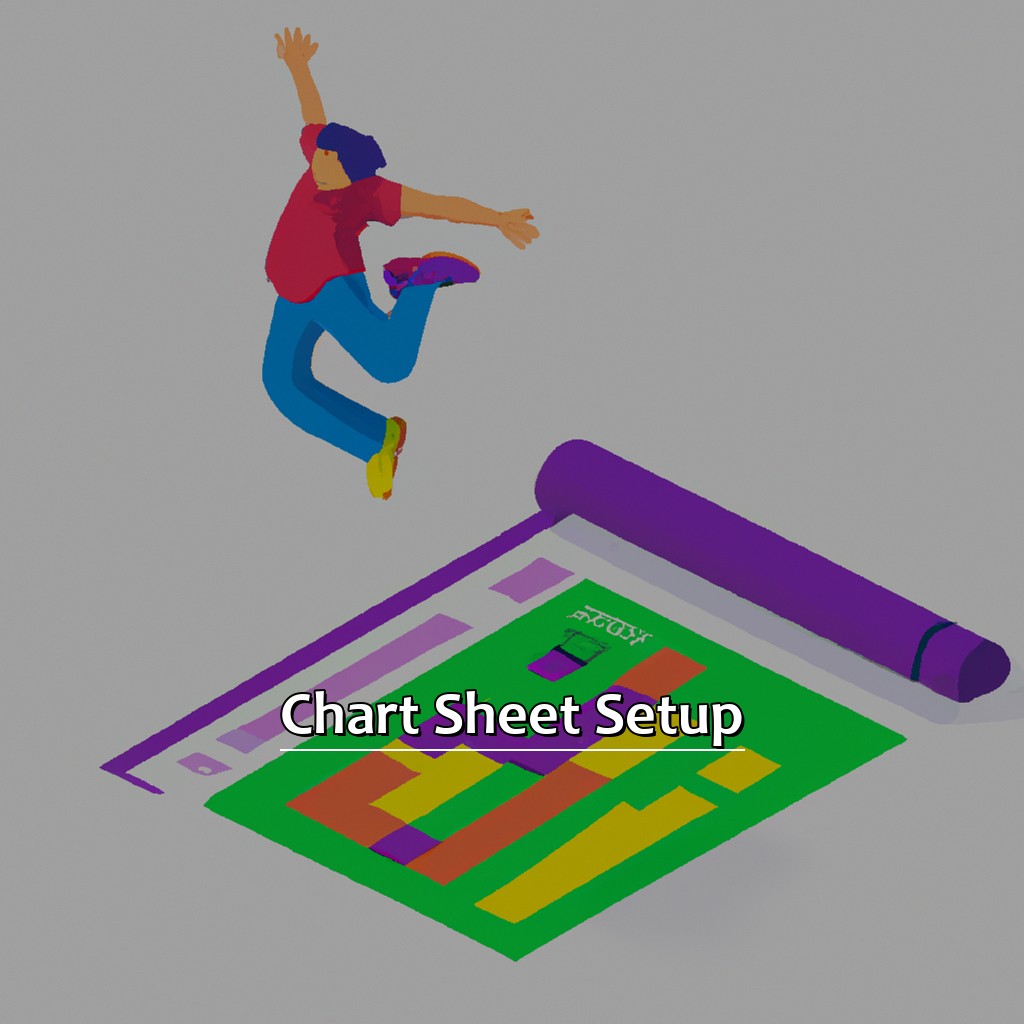Mastering Excel: How to Jump Between Sheets Easily

In Microsoft Excel, navigating between sheets is an essential skill that can dramatically increase your productivity, especially when working with workbooks that contain multiple sheets. Whether you're consolidating financial reports, analyzing data sets, or simply organizing information, knowing how to move from sheet to sheet quickly can save you considerable time. Here are several methods to help you jump between Excel sheets efficiently:
Using the Keyboard Shortcuts

- Ctrl + Page Up: This shortcut moves you to the previous sheet in the workbook.
- Ctrl + Page Down: Use this to navigate to the next sheet in the workbook.
- Ctrl + Tab: This shifts you to the next workbook if you have multiple Excel files open.
Keyboard shortcuts are not only the fastest way to switch sheets but also keep your hands on the keyboard, reducing the time spent navigating with a mouse.
Navigating with the Mouse

While the keyboard might be quicker for frequent navigation, the mouse offers a straightforward alternative:
- Right-Click on Sheet Navigation Arrows: At the bottom left of your Excel window, you'll find navigation arrows. Right-clicking here gives you a list of all sheets; selecting one jumps you directly to it.
- Double-Click on Sheet Tabs: A double-click on the sheet tab activates the scroll feature. You can then scroll to the desired sheet.
- Click on Sheet Tabs: Simply clicking on a visible sheet tab will take you to that sheet.
💡 Note: Double-clicking can be less precise than clicking directly on the tab, so use it when the sheet is off-screen.
Using the 'Go To' Feature

The 'Go To' feature in Excel is versatile for more than just cell selection:
- Ctrl + G: This keyboard shortcut opens the 'Go To' dialog box.
- Type Sheet Name: Enter the name of the sheet you want to navigate to, and hit Enter. Excel will switch to that sheet.
This method is particularly useful if you have many sheets or if the sheet you need isn't immediately visible.
Table of Navigation Methods

| Method | Description |
|---|---|
| Ctrl + Page Up/Down | Navigate between adjacent sheets |
| Right-Click Navigation Arrows | Quickly jump to any sheet in the workbook |
| Sheet Tabs Click | Click on sheet tab to switch |
| Go To | Enter sheet name to navigate directly |

These methods not only help you jump between sheets but also streamline your overall workflow within Excel.
Creating Custom Navigation

If you find yourself jumping between specific sheets frequently, consider these custom navigation techniques:
- Name Ranges: Define named ranges across different sheets to simplify navigation and increase readability.
- Hyperlinks: Insert hyperlinks within cells or shapes that link to specific sheets or cells.
- VBA Macros: Use Visual Basic for Applications (VBA) to create macros that move to or manipulate sheets.
💡 Note: VBA requires some programming knowledge, but it can automate nearly any repetitive task in Excel.
Final Thoughts

The ability to jump between sheets with ease can significantly reduce the time you spend navigating through your Excel workbook. By mastering these navigation techniques, you'll be able to manage your data with greater efficiency and focus more on the analytical aspects of your work. Remember, proficiency in Excel often comes down to mastering its myriad shortcuts and custom tools, so keep practicing these methods until they become second nature.
What is the difference between Ctrl + Tab and Ctrl + Page Down?

+
Ctrl + Tab switches between open workbooks, whereas Ctrl + Page Down moves to the next sheet within the current workbook.
Can I use these shortcuts on Excel for Mac?

+
Yes, the shortcuts are generally the same on Mac, although you might need to use the Fn key in some cases due to Mac’s different keyboard layout.
How can I rename sheets to make navigation easier?

+
Right-click on a sheet tab and choose ‘Rename’, or simply double-click the tab to edit the name directly. Use descriptive names for easy identification.
What if my sheets aren’t visible?

+
You can use the navigation arrows at the bottom left to scroll through the tabs or use the ‘Go To’ feature with the sheet’s name.
Is there a way to see all sheets at once?

+
Excel doesn’t have a built-in feature for this, but you can use third-party tools or VBA to create a sheet list that allows you to see all sheets at once.